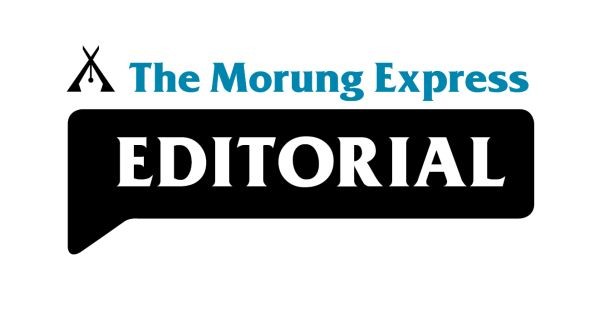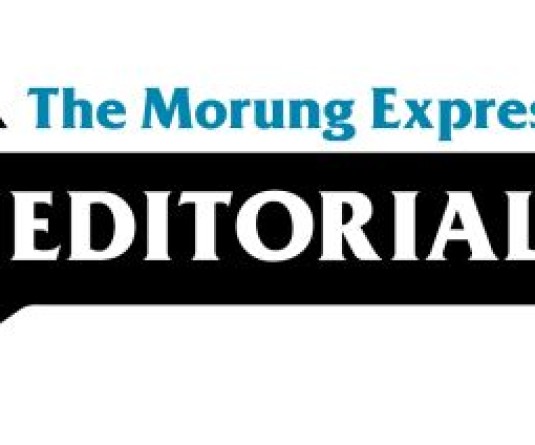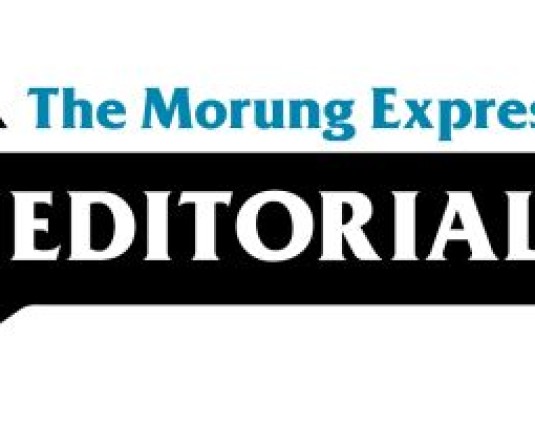
“Health Is A Human Right. No One Should Get Sick and Die Just Because They Are Poor, Or Because They Cannot Access the Health Services They Need,” goes the strap of a statement issued by the State’s Directorate of Health & Family Welfare (H&FW) on the occasion of “World Health Day” (WHD) on April 7.
The message and the article were the “campaign essentials” issued by the World Health Organization (WHO) on the occasion. Nevertheless, if one was to take the verbatim at face value, and the State’s H&FW has the conviction, the future of the healthcare in Nagaland is in safe hands.
“Experience has illustrated, time and again, that Universal Health Coverage (UHC) is achieved when political will is strong,” the Directorate article urged.
Through high-profile focus on UHC via series of events through 2018, starting April 7, the WHO would aim to “inspire, motivate and guide” stakeholders to make commitments towards UHC.
Nagaland also observed WHD on the theme “Universal health coverage: everyone, everywhere” where the Governor also the government and all private healthcare centres to continue rendering their services for the welfare of the society and to focus on UHC.
It is pertinent, therefore to ask, what is UHC? The UHC, according to WHO, “means that all people and communities can use the promotive, preventive, curative, rehabilitative and palliative health services they need, of sufficient quality to be effective, while also ensuring that the use of these services does not expose the user to financial hardship.”
Does the state health department score well on these parameters? Not really. Several independent health reports have indicted the state health system on many counts.
The National Institution for Transforming India (NITI) Aayog’s Health Index Report released in February has pointed out that the average time taken to transfer Central National Health Mission Funds from the State Treasury to the implementation agency in Nagaland has increased from over 3 months to over 7 months (101 to 213 days). No wonder, Nagaland’s overall performance has worsened substantially – the State’s Health Index fell from 45.26 in the base year to 37.38 in the reference year. The base year was 2013-14 and the reference year was 2015-16.
The report card by the National Family Health Survey 2015-16 (NFHS-4) is more damaging. While the IMR reduced from 38% in 2005-06 to 29% in 2015-16, only 2.4% mothers received full antenatal care and just 22.3% received postnatal care from health personnel within 2 days of delivery. The national average for full antenatal care is 21% while the percentage for postnatal care was 62.4%.
As for immunization, only 35.7% children aged 12-23 months were fully immunized. While all the districts averages were below India’s 62%, five districts are below the State level, going as low as 10.8% in a district. While the state was below national average on most parameters, there were huge regional disparities with the state.
Regional disparities as well as other implementation maladies are acting as a barrier to access equitable health care. In most districts, almost 100% access to healthcare is through the Government with lack of augmentation by private entities.
If the Government is serious about UHC, it should prioritise healthcare sector ensuring that critical course corrections are adopted to remedy these regional disparities. It starts by demanding accountability and transparency for both the health personnel as well as the directorate. Concurently, measures for monitoring private entities should also be adopted.
Devoid of such measures, the objective of UHC - everyone who needs services getting them, not only those who can pay; the quality of health services being good enough to improve the health of those receiving services; and protection of people against financial-risk – would just remain verbatim and mere ideals.





